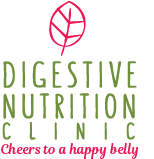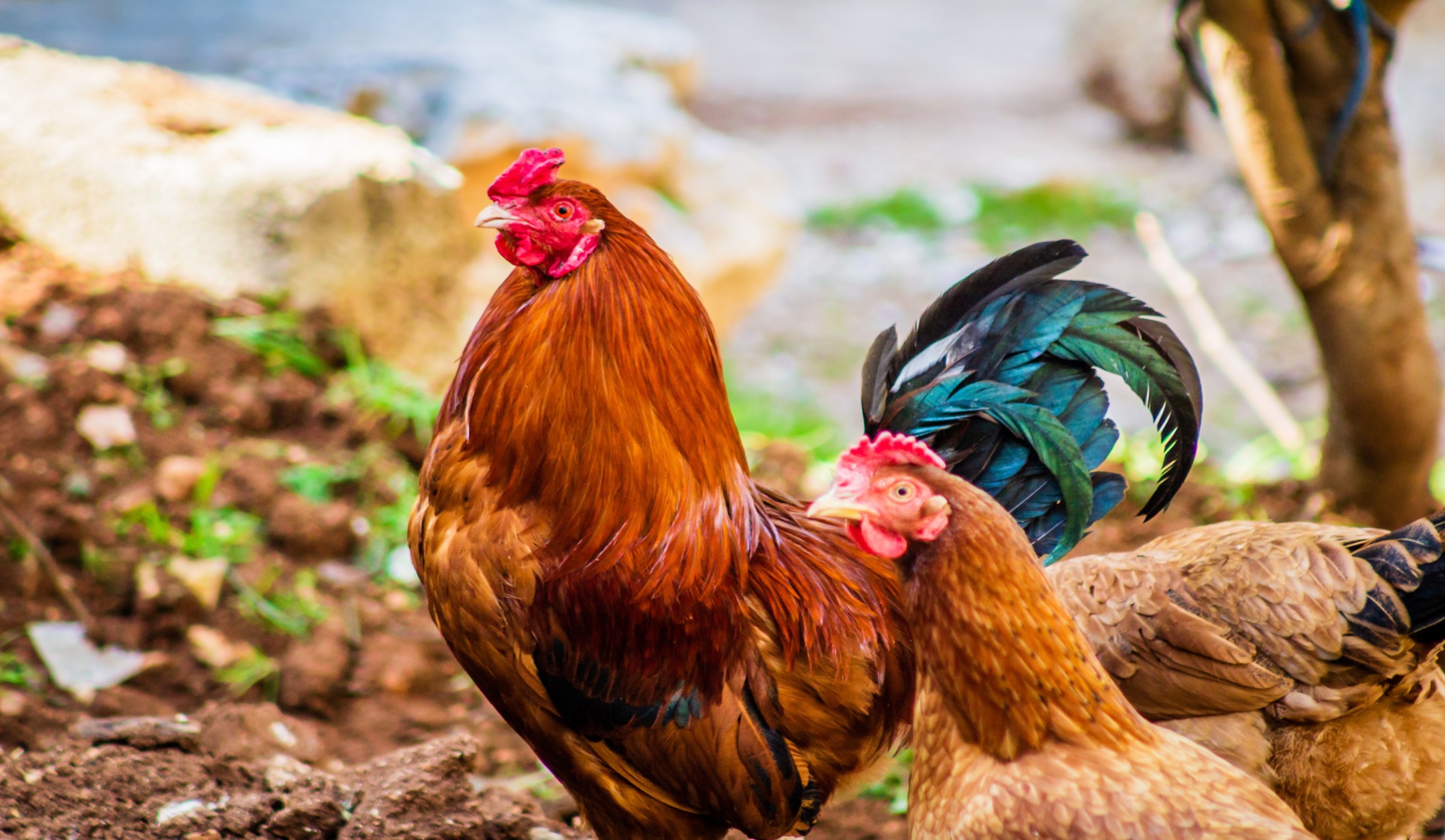Eggs are not a source of FODMAPs and we enjoy both eating them and using them in our recipes. A large egg provides 6 grams of high quality protein and 50 % of our daily needs of B12. Eggs provide 13 important nutrients such as vitamin A, D, E, folate, iron, zinc, choline, lutein and zeaxanthin (antioxidants).
But all the terminology surrounding eggs nowadays can be very confusing. Brown eggs, pasture-raised, organic, hormone-free, free-range, cage-free: what does this mean and why are the distinctions important? We would like to help you decipher some of these labels and allow you to make the best choice for your needs.

Where Are the Hens Raised?
1. Eggs from Pasture-Raised versus Caged/Conventional Hens
We prefer eggs from pasture-raised hens because the hens are allowed to move about and graze in the pasture all day, eating lots of grass, worms and bugs. Their food may be supplemented with a little bit of feed but only if required. The hens can roam around in plenty of space during the day, at least 108 square feet (10 square meters), and they are moved into the barn at night.
It should be noted, however, that the term pasture-raised is not regulated by the US Department of Agriculture (USDA), as standards for this terminology have not been officially disclaimed. There is a third-party certification called “Certified Humane®” pasture seal, which certifies that these hens are allowed to roam freely on the pasture during the daylight hours.
On the other hand, most eggs in supermarkets come from hens that are caged. Caged/conventional hens are confined to a small space, generally a 67-square inch (0.04 square meter) area where movement is very limited. They are kept in those cages for their whole lifespan and are given corn or a soy feed with added vitamins and minerals.
Some studies have shown increased omega-3 fatty acid content in eggs from pastured hens versus caged hens.
2. Eggs from Cage-Free Hens
This label is regulated by the USDA, but it only means that the hens are not in a cage and they have a little more room than caged hens to move. However, the space is still small; each is given up to 1.5 square feet and the hens still remain inside and are fed the same diet of corn or soy.
3. Eggs from Free-Range Hens
According to the USDA, free-range eggs come from hens that are “allowed access to the outside.” This is not the same as pasture-raised because it does not guarantee that the hens are roaming free outside. The term is loosely regulated and it just means that the barn may have small doors that could allow the hens to go outside during their egg-laying cycle. However, the outside could just be a cemented yard and not a pasture that would allow free roaming and feeding by the hens. The hens may still eat a corn or soy-based diet like the caged/conventional ones.
What Are the Hens Fed?
1. Eggs from Vegetarian-Fed Hens
This is an interesting category and a major source of confusion. We tend to think that vegetarian is healthier, but chickens are not supposed to be vegetarian; they are in fact omnivorous, meaning that they eat both plants and animals. Therefore, vegetarian-fed hens should not be considered healthier.
2. Eggs High in Omega-3s
These eggs are enriched with fatty acids. Specifically, they may contain 400mg EPA and DHA omega-3 fatty acids. This is because the hens are fed a diet supplemented with extra omega 3s. Other than that, however, the hens that produce these eggs are kept under the same conditions as caged/conventional ones.
3. Organic Eggs
Hens producing organic eggs are kept in the same way as conventional hens or they are allowed some movement. However, what is important to note is that they are not treated with antibiotics, and their food is organic without exposure to any pesticides or fertilizers.
4. Hormone-Free Eggs
No chickens in the US, Europe or other parts of the world are given added hormones, so essentially all eggs are hormone-free.
A Couple of Whimsical Points to Bear in Mind
A hen will start producing eggs at 19 weeks of age and will lay, on average, 259 eggs a year. Also, brown eggs are not any healthier than white eggs. They are just different in color because they come from a different breed of hens.
Conclusion
Our Choice: Pastured Eggs
Studies have shown that pastured eggs are probably the healthiest type of eggs you can buy. They are higher in vitamin A, E and omega-3s, as well as lower in cholesterol and saturated fat, and contain three to four times the amount of vitamin D than eggs from hens raised in a cage.
References
Karsten HD, Patterson PH, Stout R. (2010) Vitamins A, E and fatty acid composition of the eggs of caged hens and pastured hens. Renewable Agriculture and Food Systems; 25(1): 45-54.
Anderson KE. (2011) Comparison of fatty acid, cholesterol, and vitamin A and E composition in eggs from hens housed in conventional cage and range production facilities. Poult Sci; 90(7):1600-1608.
Kühn J, Schutkowski A, Kluge H, Hirche F, Stangl GI. (2014) Free-range farming: a natural alternative to produce vitamin D-enriched eggs. Nutrition; 30(4):481-484.
U.S. Department of Agriculture, USDA: USDA Graded Cage-Free Eggs: All They're Cracked Up To Be




